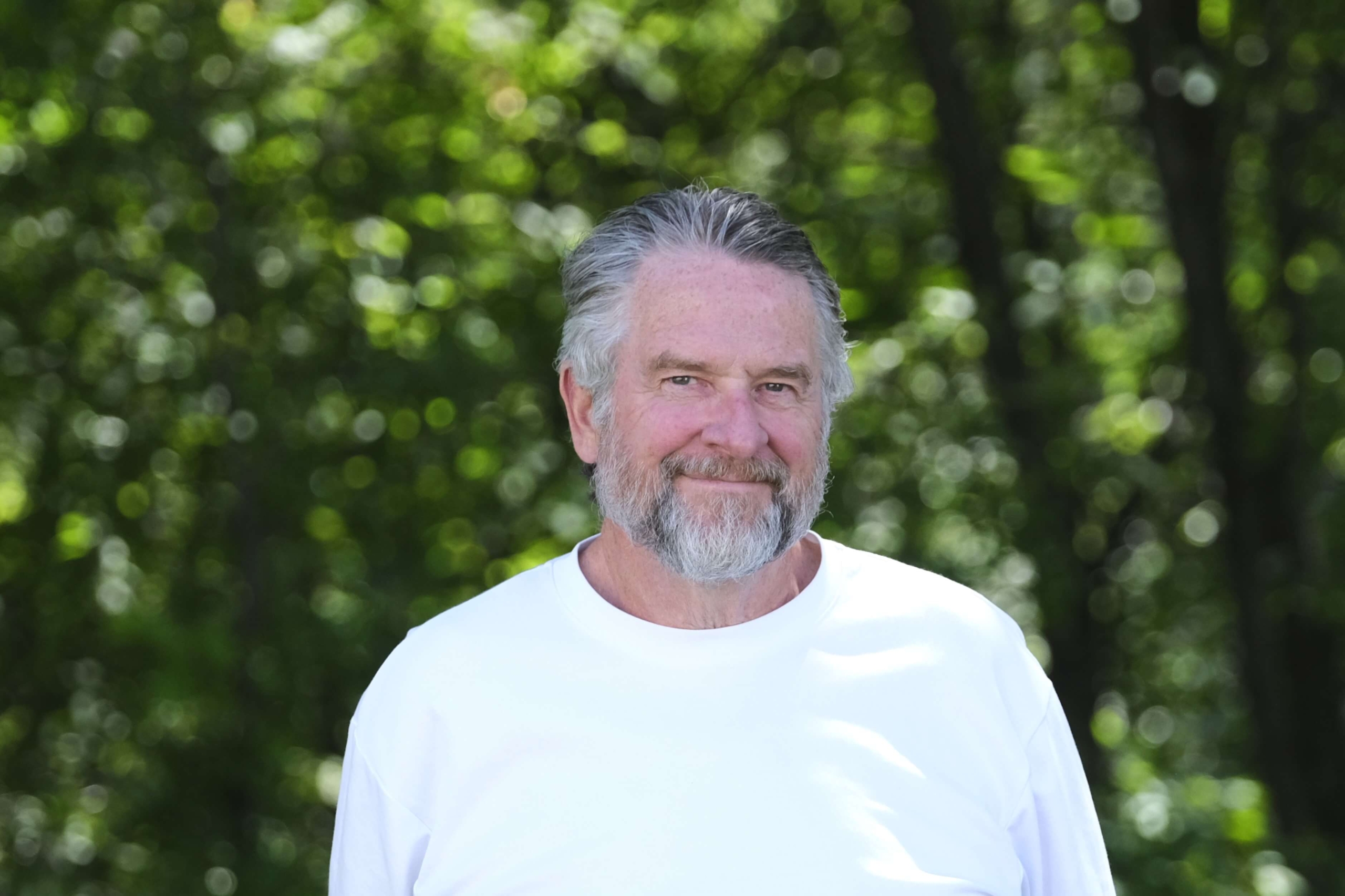Currently residing in Stavanger, Norway, Andrew’s career has spanned teaching and public education, industry development, with notable stints in the Netherlands and Japan. Andrew shares his experiences, motivations, and insights regarding his recent engagement with the introductory training in Dialogue in Conflict.
– I see a very consistent methodology that must have been developed over time through a lot of challenging experiences, he explains.
A Multicultural Journey in Education and Beyond
Andrew hails from the north of England but has spent significant portions of his life in different parts of the world. Driven by a scholarship to study the Japanese sport Kendo, he lived in Japan for many years. There he mostly worked in language teaching and intercultural learning. Later, Andrew transitioned into industry roles focused on training and development, recruitment, and executive search.
In Norway, he continued to work in the education sector, teaching at BI Norwegian Business School and at the British International School of Stavanger. His roles have been varied, covering humanities and supporting pupils with special needs.
The Nansen Training Experience
– I first encountered the Nansen Center's work about 25 years ago at an intercultural communication conference in Oslo. There, I attended a talk by Steinar Bryn about his work in the Balkans. This made a lasting impression on me, he recalls.
Over the years, he closely followed the work of the Nansen Center. Several times he considered joining a training, and this year, the opportunity finally presented itself, aligning with his schedule and commitments.
Reflecting on his motivation for joining the training, he explains:
– Being in a teaching environment, I’ve always been aware of a gap between standard teaching and facilitating. For some topics, facilitation can be a more appropriate approach, allowing you to achieve a lot with a smaller presence in the room, but still with a lot of attention to what is happening by deep listening and asking good questions.

The Potential of Dialogue in Education
Andrew contrasts the training experience with his background in teaching and professional development, noting the distinct methodologies employed in dialogue facilitation.
– The humility and professional differentiation of the facilitators stood out, he remarks.
– The training emphasized minimal but well-chosen interventions by the facilitator, fostering an environment where the most interesting and meaningful interactions occurred spontaneously.
Embracing the Unknown
A key aspect of the Nansen training that Andrew highlights is the collaborative dynamic between the main facilitator and the co-facilitator. This close but well-defined collaboration is something he believes could greatly benefit traditional classroom teaching.
– Teachers, accustomed to predictable outcomes, could enhance their practice by embracing those unscripted moments. I am very fascinated by how the center works to implement this methodology in the school system.
Want to know more about the dialogue approach? Check out our upcoming trainings:
Training in public dialogue approach, sept. 23-27.
Dialogue Facilitation, dec. 2-6.

